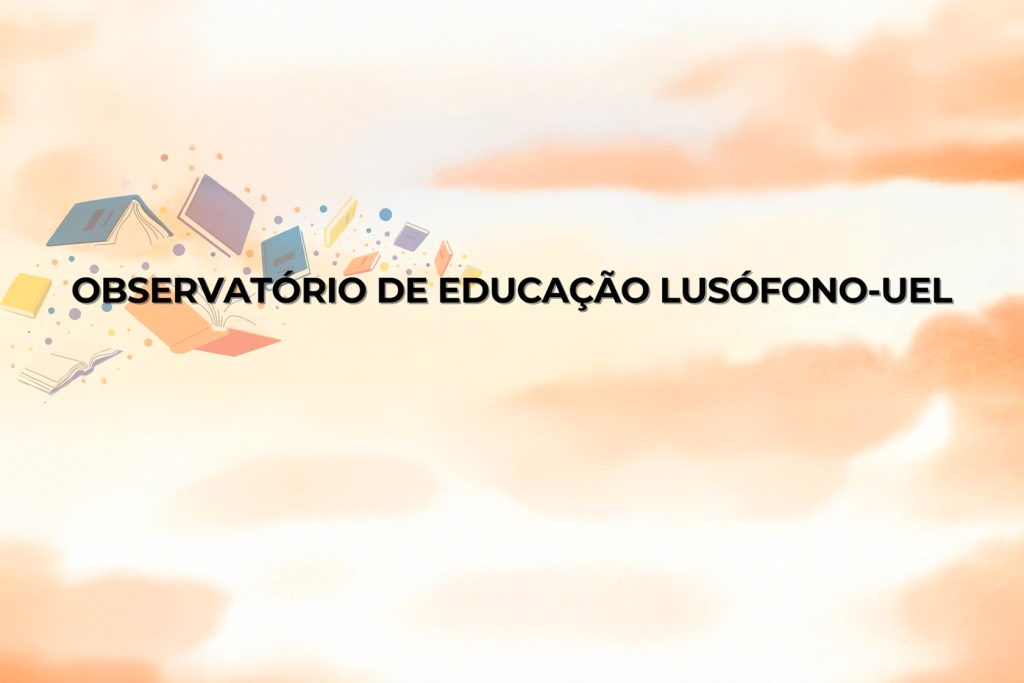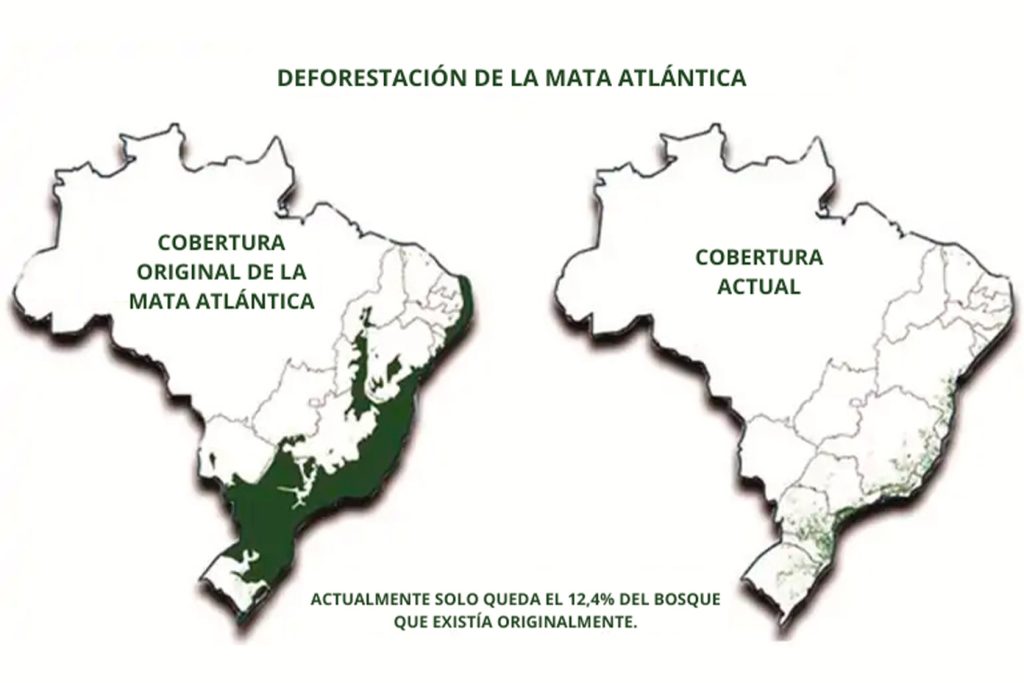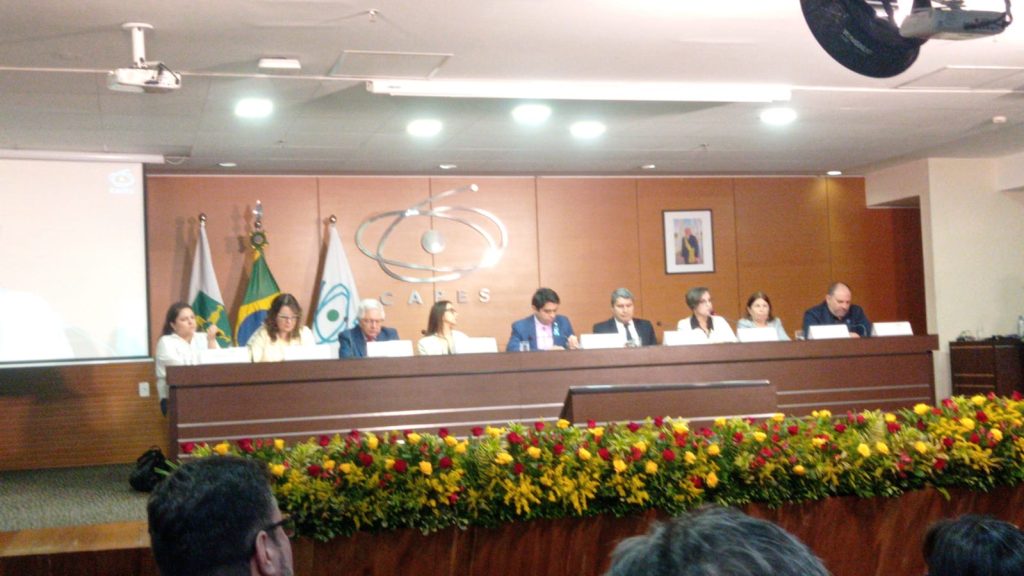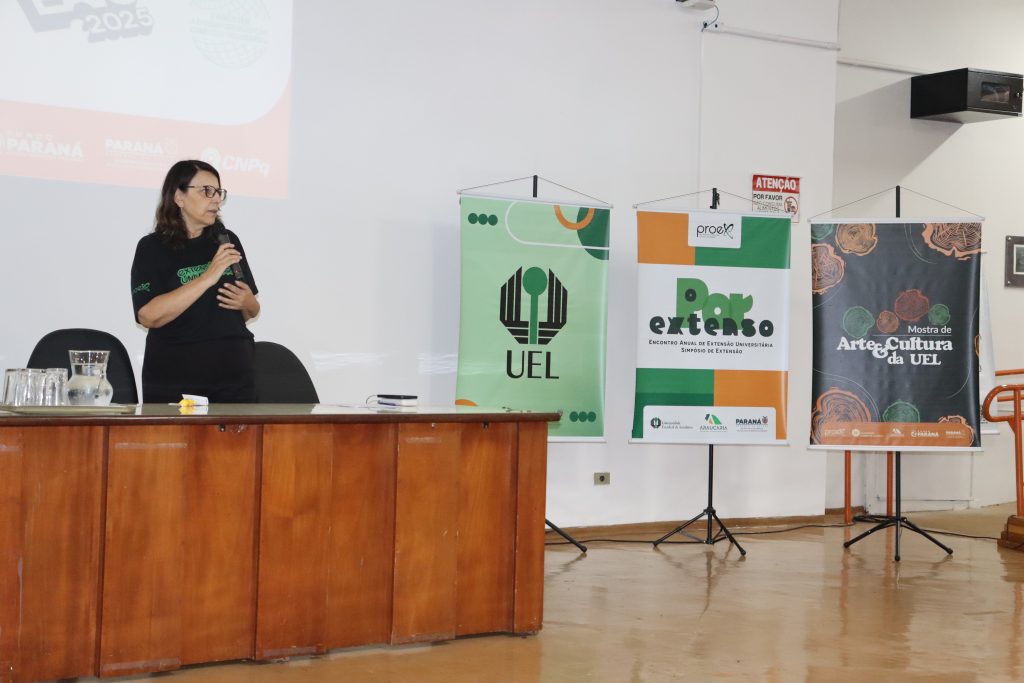[EN] Ant Work
[EN] Ant Work
Publicada originalmente em abril de 2024, sob o título "Trabalho de Formiga".It has been a year since the launch of the project “Insects Impacting the Society of Londrina: An Opportunity for Extension Activities by UEL Students to the Community”, coordinated by Professor Amarildo Pasini from the Department of Agronomy. However, Professor Pasini has been studying ants specifically for over 15 years, motivated by demands from rural producers, urban residents, and agricultural exhibitions.
The professor explains that his fascination for these insects began during his undergraduate studies, when one of his professors drew a detailed diagram of an anthill and explained the complex social organization of ants. For example: ants discard their waste in a kind of landfill, located far from the center of the anthill.
Ants are remarkably successful insects. Except for Antarctica and a few isolated, inhospitable islands, ants can be found on every landmass on Earth. It is estimated that there are nearly 20,000 species (about 2,000 of which are found in Brazil), living in colonies that may have one or more queens, depending on the species. These colonies are divided into castes based on function (worker, soldier, queen, gardener, etc.), and ants generally coexist well with humans. In fact, it is estimated that for every human on Earth, there are nearly 3 million ants.
Pasini recalls an interesting historical detail: when the Companhia de Terras Norte do Paraná (Northern Paraná Land Company) assured potential buyers that there were no saúva ants in the region, it was true. However, these and other species arrived decades later from neighboring areas.
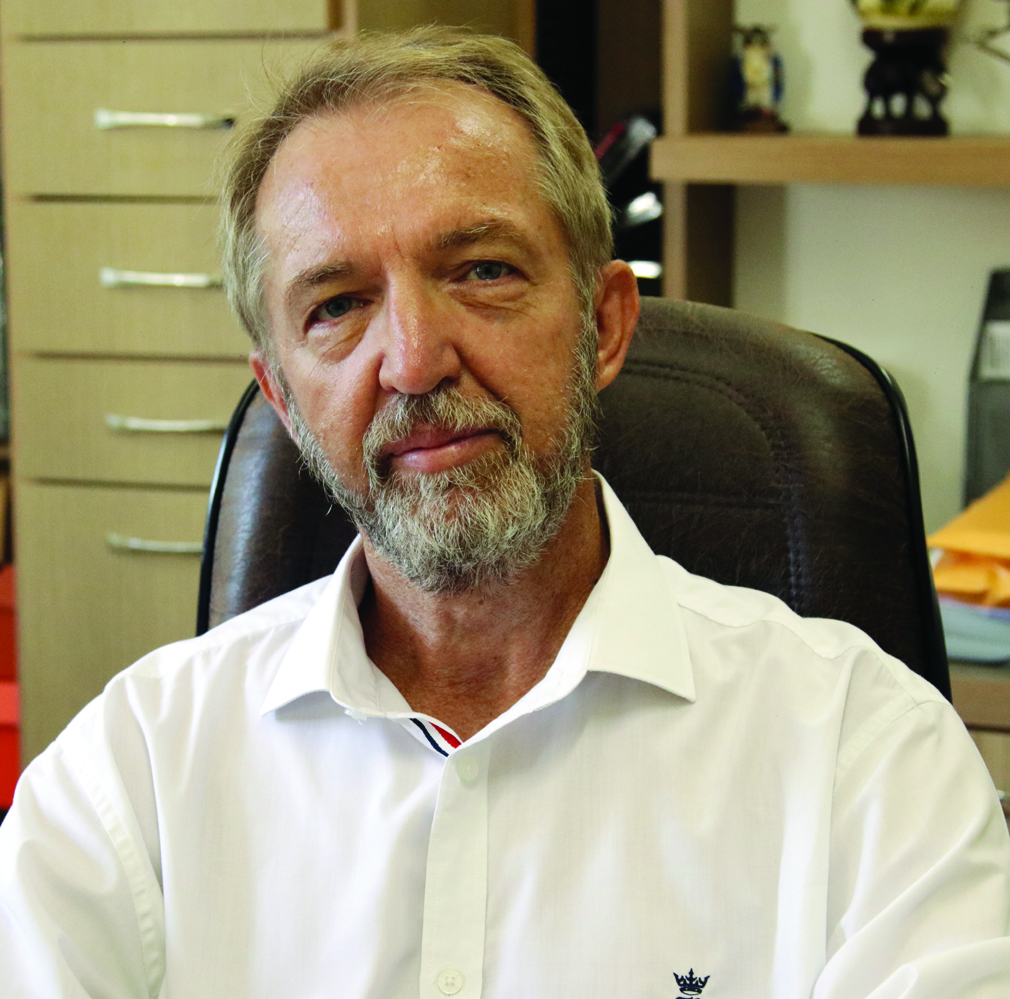
According to Professor Pasini, ants are well-known insects that are easy to observe and discuss, making them an ideal subject for public outreach. Among the many species studied by the professor are the leafcutter ants and sugar ants. Leafcutter ants, commonly found in rural areas, have a single queen. They are a crop pest,” he explains, adding, “They can destroy a 2-meter-tall eucalyptus or pine tree in just one night.”
Sugar ants, on the other hand, have multiple queens, and are notorious for invading sofas and laptops, as they provide a warm refuge. They can detect food from up to 10 meters away using their antennae, while leafcutters can sense food from distances of up to 100 meters. As a part of the project, about 200 queen ants are collected annually for research purposes.
The project also includes the study of termites. Known as urban pests, termites cause significant damage not only in domestic settings but also to sacred art. Restorers of religious artifacts must carefully remove termites without using standard products, to avoid damaging the pieces. In rural areas, termites are commonly found in poor soils. And that is good news, their “mounds”, which can exceed 2 meters in height, prevent any agricultural activity. There are tree termites and subterranean termites, which make up 99% of termite species. These insects can withstand outdoors temperatures of up to 50°C, thanks to their mounds, which function as sophisticated air-cooling systems—an entirely termite-engineered technology.
The market offers various products to repel ants, including sugar ants and leafcutters. These range from gardening supplies to specialized gels. In rural areas, biological control methods can be used as part of integrated pest management. Professor Pasini highlights the growing number of biofactories producing products for this purpose, a topic that is covered in the training sessions offered by the project.
Training and Extension Activities
The project combines Agronomy and Biology in its extension activities. In its first year, much of the project’s efforts were dedicated to training participating students so they could effectively assist or share knowledge with the community. According to the coordinator, the demand for these activities has been steadily increasing. The project has already participated in several agricultural exhibitions, not only in Londrina but also in places like Apucarana and Cascavel. It has also included visits to schools and daycare centers, often at the request of local municipalities. “We take knowledge to children so they can share it with their parents,” says Pasini. Two experienced agricultural technicians from UEL are also involved in the project.
In addition to oral presentations, the project features a banner and a “teaching aquarium”—a glass box containing an anthill that allows participants to observe the colony’s intricate “architecture”, the roles of each caste, and other features typically hidden underground. Educational kits are also used, boxes containing preserved insects to help participants distinguish, for instance, the worker, the queen, the scout (who searches for food), and the gardener (who cultivates the fungus ants consume).
Plastic ant models are used to explain the anatomy of the insect and can be handled by participants. Live ants are brought in and can be observed up close. Professor Pasini hIghlights a particularly successful activity: drawing ants. “The children really enjoyed it,” he notes.
The true star of the show, however, has been “Laurinha,” a 2x 3-meter ant that has captivated audiences at fairs and exhibitions. Her name combines the name of her creator, retired entomologist Lauro Morales from the Paraná Rural Development Institute (IDR – formerly EMATER), with “Rainha” (Portuguese for “Queen”). Laurinha’s appearances have significantly increased the number of event invitations and requests for staff training from municipal governments. At the same time, specific requests, especially from rural producers, continue to arrive. Professor Amarildo Pasini emphasizes that the project’s training sessions are tailored to use the most appropriate language for different audiences.
Although the project mainly involves third- and fourth-year students, first-year students have also participated in school visits, with great success. “They have the knowledge; they just need to refine the content to share,” says the professor. This multidisciplinary approach ensures that various areas of knowledge are covered with care. “Algorithms can be misleading, he warns. “They know how to attract attention but don’t always promote accurate information. We are exposed to a lot of unnecessary or inaccurate content, which can lead to confusion,” he concludes.
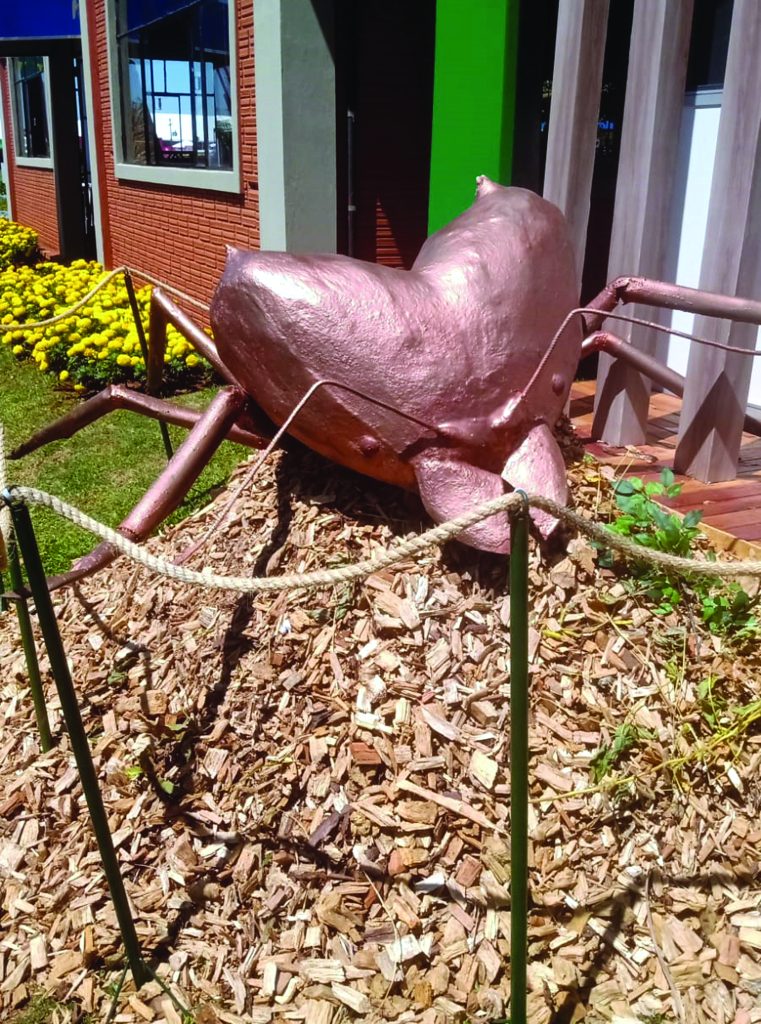
Future Prospects
The project is expected to attract many more students this semester. Professor Amarildo Pasini plans to collaborate with faculty from various departments to broaden the project’s scope by incorporating topics such as soil, plants, climate, animals, and educational activities. Currently, the project includes four students from Agronomy and Animal Science, but others from Biology and Veterinary Medicine will be invited to foster interdisciplinary integration. Researchers from UFPR and Unioeste will also be invited to contribute.
This semester, four students are working on their Final Papers related to the project. Professor Pasini who has supervised nearly 60 postgraduate research projects and over 30 undergraduate theses, continues to provide mentorship and guidance. Additionally, the project generates educational content for its Instagram account: @entomologia.agricola.uel.
Publicada originalmente em abril de 2024, sob o título “Trabalho de Formiga”.
Tradução: Raquel Prete
Revisão: Mauricio Brancalhão
Supervisão: Fernanda Machado Brener
PFI_ Programa Paraná fala Idiomas – Inglês

